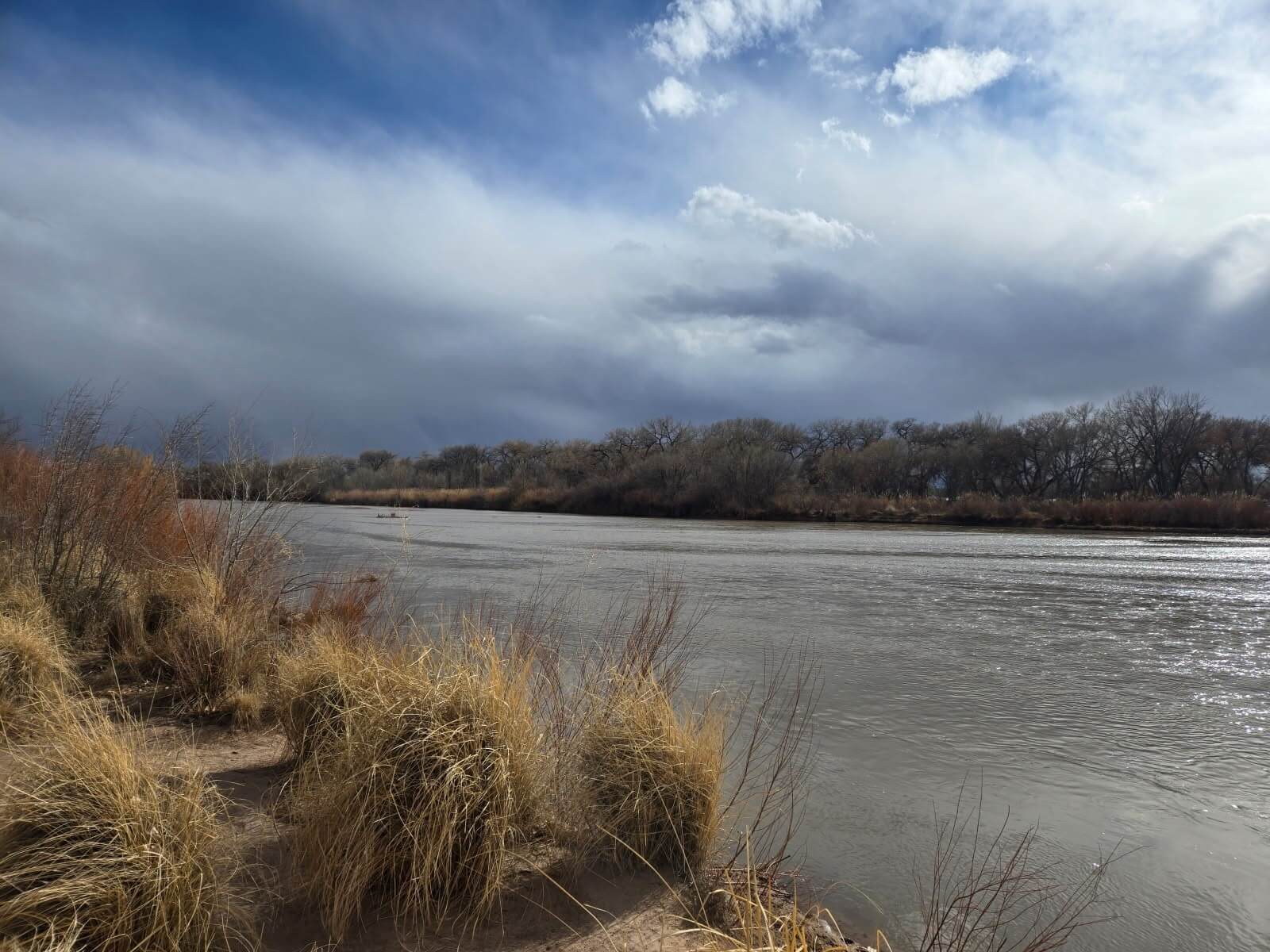
By Emily Case-Buskirk, NDMC Communications Specialist
Creating a supportive community doesn’t happen overnight.
The Drought-Smart Indigenous Agriculture project, which concluded this March, took three years to come to fruition. The effort was facilitated by the National Drought Mitigation Center and funded by the USDA’s Natural Resources Conservation Service.
The project partnered with the Santa Ana Pueblo Department of Natural Resources to help Pueblo producers build drought resilience on their farming operations. Over 50 producers and staff members attended drought-smart workshops, while around a dozen producers got their soil tested as a result of the project.
Two-way communication with producers was a guiding principle of the project, said NDMC Social Scientist Kelsey Varisco. This theme wove its way through the process with multiple in-person workshops, surveys and individualized resources for each producer. NDMC staff also worked with interns to help support the next generation of drought and conservation leaders in New Mexico.
“I think it was essential to approach it in a way of mutual exchange and mutual learning because there’s great knowledge on both sides,” Varisco said. “We were really attempting to make the information individualized for the needs for each unique individual as much as we could. Through the survey, workshops and discussions we determined where people are in their farming experience, what they’re needing and what they want to get to.”
In March 2023, NDMC facilitated an initial workshop at the Santa Ana Pueblo. Follow-up meetings were held in September 2023, May 2024 and March 2025. The meetings were conducted by NDMC staff, including Social Science Coordinator Tonya Haigh, Planning Coordinator Cody Knutson and Varisco.
The workshops led the Santa Ana DNR to apply for a New Mexico Department of Agriculture Healthy Soil Program grant to conduct soil tests with Pueblo farmers. After conducting the tests, project partners collaborated to produce personalized soil health reports for participating farmers. This was an eight-page report for each farmer detailing their soil health stats including texture and organic carbon composition and context on what the test results mean. It included recommendations for improving any deficiencies, programs providing funding for improvements and local individuals to contact with more questions.
The project team, including the NDMC, NRCS, New Mexico Department of Agriculture and the Intertribal Agriculture Council, also developed handouts providing a general overview of drought resilience with soil health in central New Mexico and specific project ideas that would be funded by the USDA Natural Resource Conservation Service EQIP program or the New Mexico Department of Agriculture’s Healthy Soil Program.
One of the collaborators was Nicholas Rajen, natural resources specialist at the Intertribal Agriculture Council (shown in photo at right). As a part of the organization’s Natural Resources program, he uses his expertise to support health assistance conservation and regeneration efforts. Rajen got involved with the Drought-Smart project in 2023.
“One of the biggest aspects of combating drought is healthy soil,” they said. “Unhealthy soil leads to erosion and there’s no life out of it. Healthy soil is much more resistant to drought.”
Resources were distributed to numerous Pueblos and producers in New Mexico, Rajen said. The personalized reports were also shared with producers at a meeting at the Santa Ana Pueblo in March this year.
Read the full story at https://drought.unl.edu/Publications/News.aspx?id=434